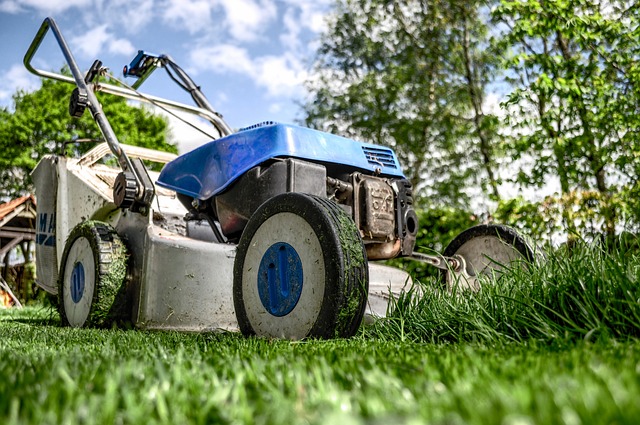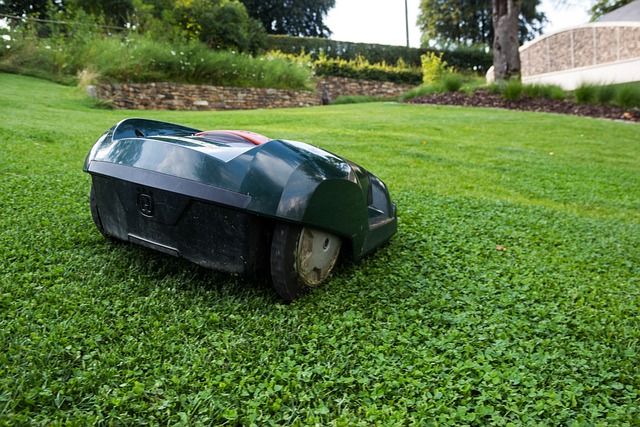Embark on a journey through the green expanses of well-kept lawns and meticulously designed outdoor spaces with our comprehensive guide on Lawn Care and Landscaping. This article delves into the intricate art of turf management, offering expert techniques to cultivate a vibrant, resilient lawn. From understanding soil composition to mastering advanced mowing practices, each section provides valuable insights for achieving optimal results. Additionally, explore the principles of landscape design that ensure both functionality and aesthetics, creating an outdoor haven that complements your lifestyle and respects the environment. Whether you’re a seasoned gardener or new to the world of green thumbs, this guide will equip you with the knowledge to maintain and enhance your outdoor spaces year-round.
- Mastering Lawn Care: Essential Techniques for Vibrant Turf Management
- 1. Understanding Soil Composition and Fertilization for Optimal Nutrient Uptake
Mastering Lawn Care: Essential Techniques for Vibrant Turf Management

Engaging in meticulous lawn care and landscaping practices is a cornerstone of achieving and maintaining a vibrant turf. A well-manicured lawn not only enhances the aesthetic appeal of a property but also contributes to the health and resilience of the grass ecosystem. One of the most critical aspects of lawn care is understanding soil composition and its influence on grass growth. Amending soil with organic matter can improve soil structure, aeration, and water retention, which are essential for a thriving turf. Regular mowing at the correct height, ideally one-third of the grass leaf, encourages healthy root growth and reduces the likelihood of weed infestation.
In addition to soil management and mowing practices, proper irrigation is vital to ensure consistent moisture levels without overwatering. Drip or sprinkler systems should be tailored to the specific needs of the turf, taking into account local climate conditions and seasonal variations. Fertilization, another key element, should be timed strategically based on grass type and regional weather patterns to optimize nutrient uptake without promoting weed growth. Lastly, Integrated Pest Management (IPM) strategies are crucial for managing pests and diseases, minimizing the reliance on chemical treatments, and preserving the overall health of the turf. By implementing these techniques, landscaping professionals can deliver a lush, resilient lawn that withstands environmental challenges and enhances the beauty of any outdoor space.
1. Understanding Soil Composition and Fertilization for Optimal Nutrient Uptake

Lawn care professionals with expertise in turf management recognize that a lush, resilient lawn begins beneath the soil’s surface. A thorough understanding of soil composition is paramount for optimizing nutrient uptake by grass. Soil analysis enables these experts to tailor fertilization programs to address specific deficiencies and pH imbalances within the turf’s environment. By adjusting the soil’s properties through strategic amendments and balanced fertilization, lawn care and landscaping services can ensure that the grass has access to the necessary nutrients, promoting healthy growth, disease resistance, and a vibrant green appearance. These practices not only enhance the visual appeal of the landscape but also contribute to the overall health and longevity of the turf. Professionals in this field employ advanced techniques and high-quality products to maintain soil fertility, which is critical for achieving and sustaining an optimal lawn ecosystem.
effective lawn care and landscaping strategies are pivotal in maintaining a thriving turf. By grasping the intricacies of soil composition and the science behind fertilization, turf managers can significantly enhance nutrient uptake, ensuring lush, resilient turf. This article has illuminated the cornerstone practices of masterful lawn care, which are indispensable for any landscape professional aiming to achieve and sustain top-quality turf conditions.






